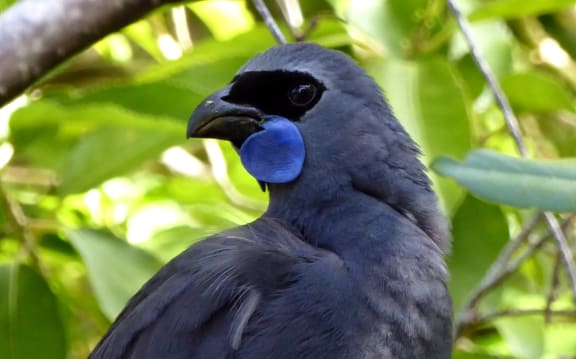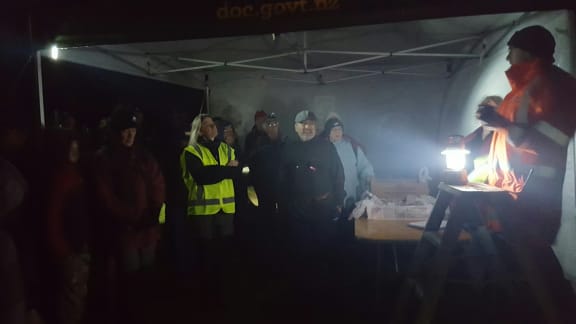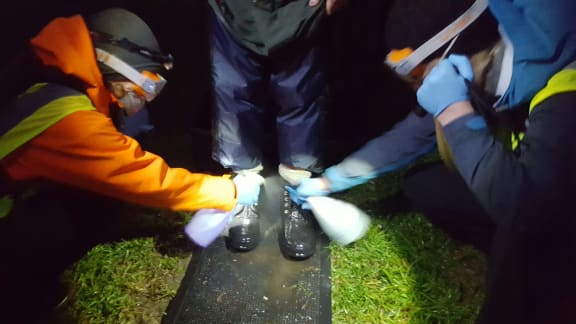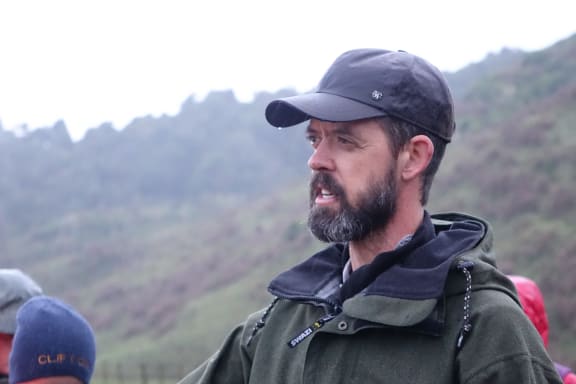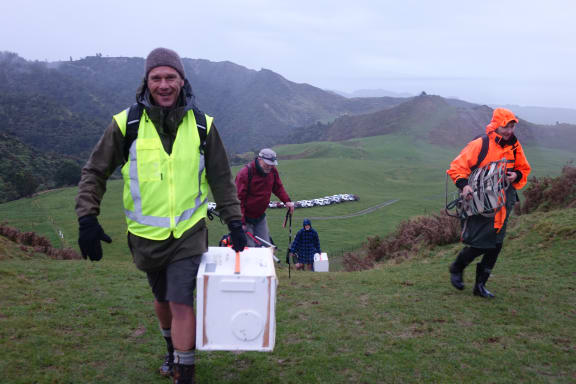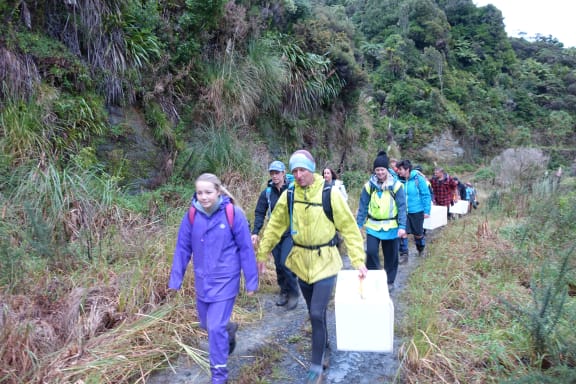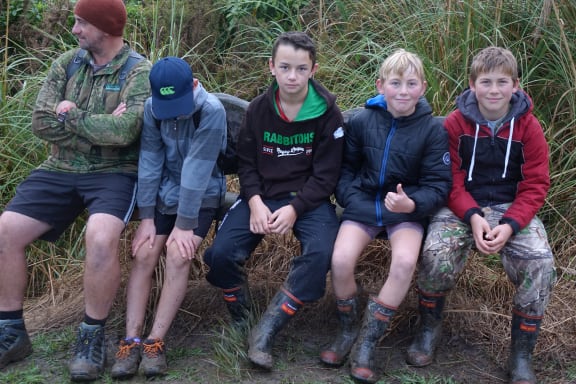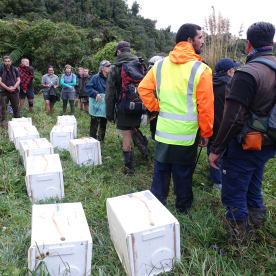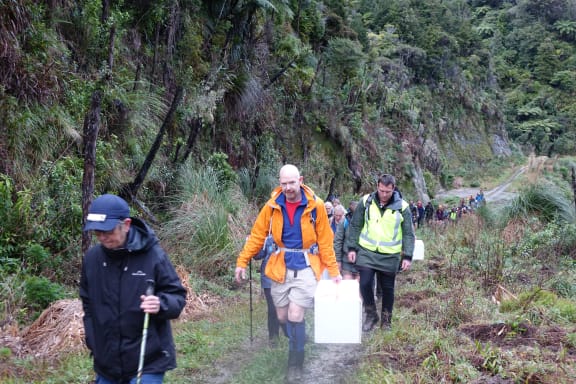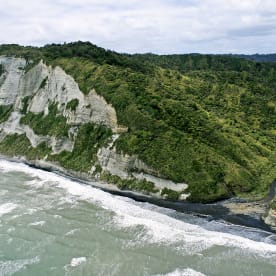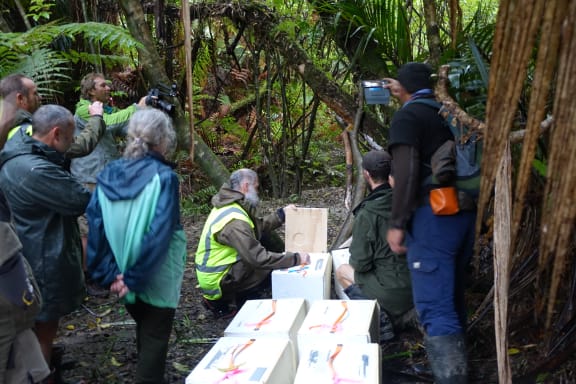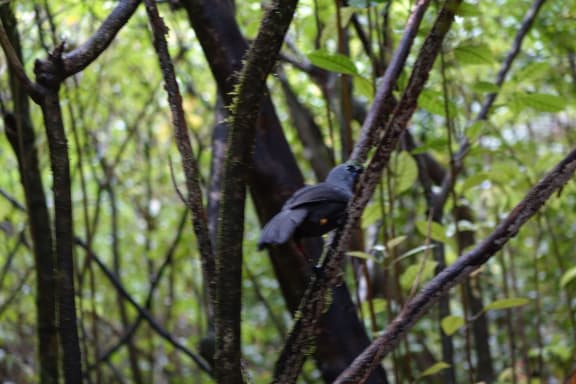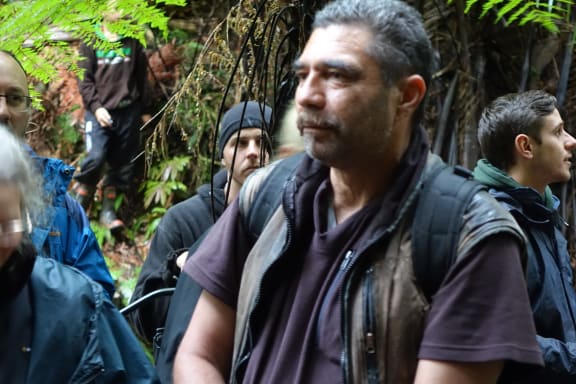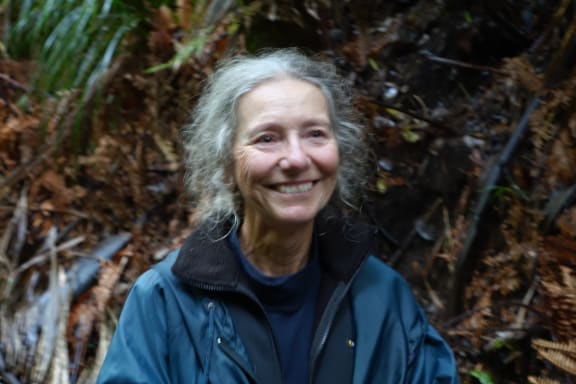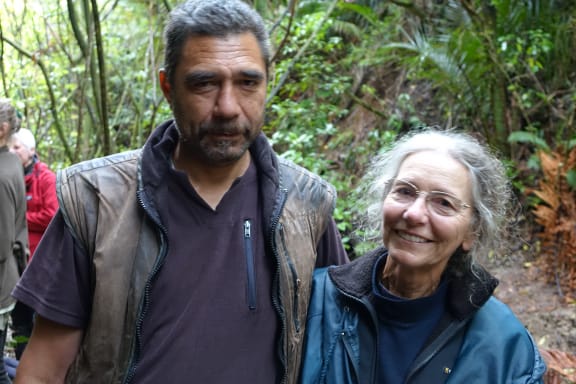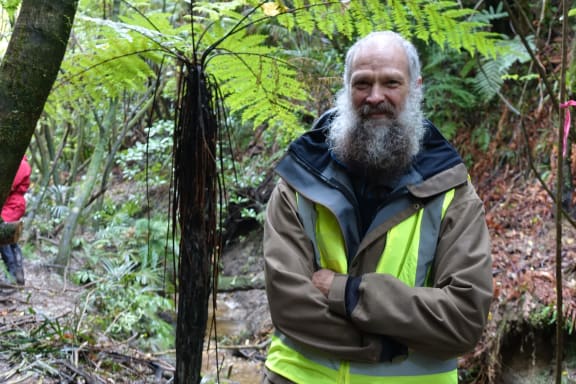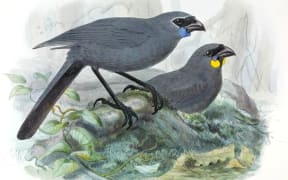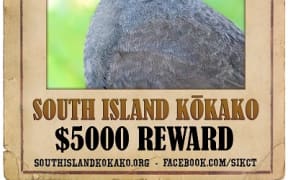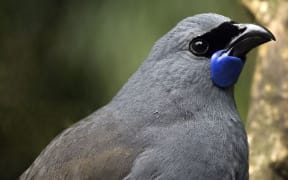The release of a dozen kōkako in a Taranaki forest on the weekend has raised the issue of new roads threatening the rare birds.
Twelve birds were released into the Parininihi forest, just a short distance away from where the New Zealand Transport Agency is considering options for bypassing a notorious stretch of road over Mt Messenger.
About 60 Department of Conservation staff, volunteers and iwi members gathered before dawn and trekked through ankle-deep mud along the White Cliffs Walkway to carry the birds deep into the forest.
The last kōkako were removed from the Parininihi forest about 20 years ago and placed in a breeding programme after predators had devastated the local population.
Conservation consultant Dr Kevin Parker oversaw the last stages of the birds' reintroduction.
Dr Parker said their return was a tribute to those who had worked on the project.
"There's so many people from Ngāti Tama, from the department and volunteer groups like Rotokare who've come together to bring these birds back here and it's absolutely huge.
"I mean they've been gone from Taranaki since the '90s. There was one male left, his name was Tamanui and the birds we are putting back are his descendants."
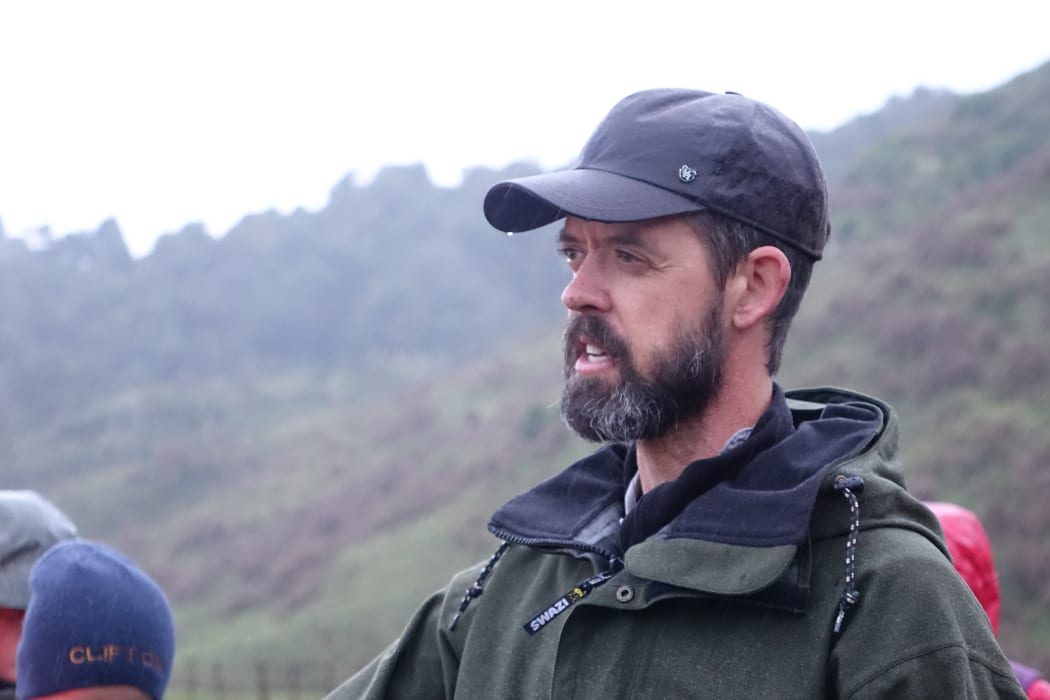
Dr Kevin Parker briefing volunteers. Photo: RNZ / Robin Martin
The kōkako's return coincides with public consultation on changing State Highway 3 at Mt Messenger to make it straighter and safer.
Two of the three options would cut into the bird's habitat.
Dr Parker said he hoped the final decision did not jeopardise the kōkako's future.
"This is what always happens, right, we push through a road and we take the easiest option which is generally places where birds like kōkako live.
"Personally I would hope that that is given a little more consideration. People talk about compromise but this is a pretty small patch of habitat that has been compromised a lot, so it would be nice to let it be and let these birds get on with their lives."
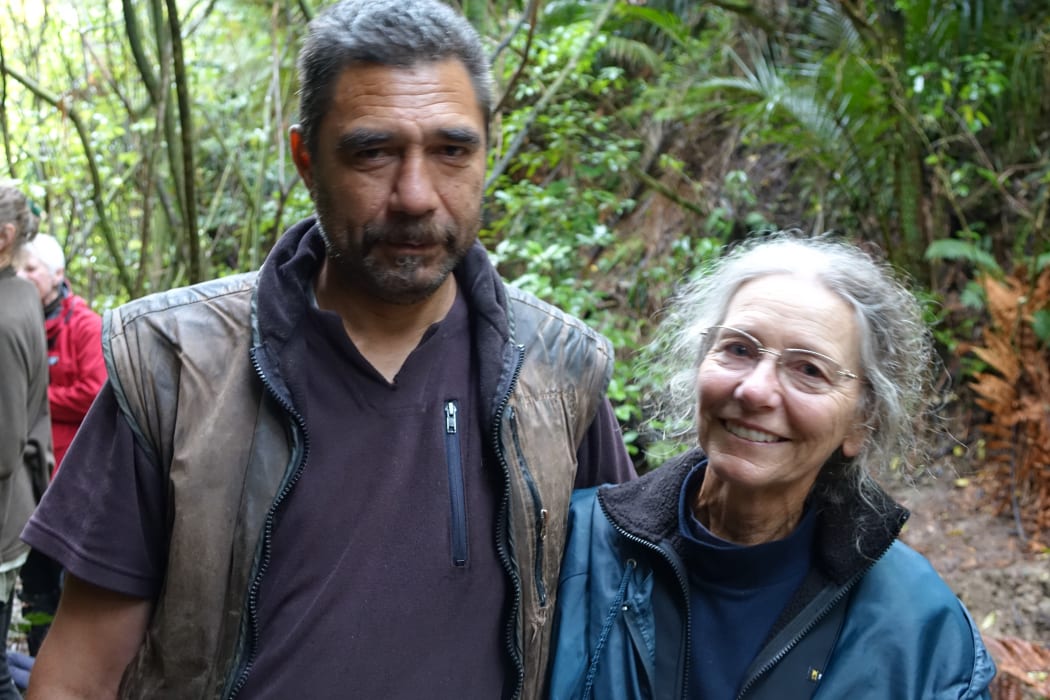
Tiaki Te Mauri O Parininihi Trust kōkako project manager Conrad O'Carroll and Tiritiri Matangi kōkako team leader Morag Fordham. Photo: RNZ / Robin Martin
Tiaki Te Mauri O Parininihi Trust kōkako project manager Conrad O'Carroll is credited with being the driving force behind the drive to reintroduce the birds to Taranaki.
He has spent much of the last decade organising volunteers and cutting 90km of trapping tracks and setting 1500 traps in the forest.
"It was to look after the bush originally but we've always had a desire as an iwi to bring back kōkako after the last Taranaki kōkako was taken and there's always been a desire in the iwi to bring them back. I just got into it."
He said the bird was missed.
"Their song is quite special. Did you hear them singing before? That's just a little bit of what they can be like. It's quite awesome and the fact that they're so rare and look beautiful. I hope they will become part of the bird song that is there already."
Mr O'Carroll said he was resigned to the fact a new road was going to be built.
"Well I'm hoping the road can be designed and an option can be chosen that will have the minimum impact on this project.
"I know the road's going to go in and you can't stop the road, but if we can put it in where it will minimise the affect on the mauri (life force) of this area, I can live with it."
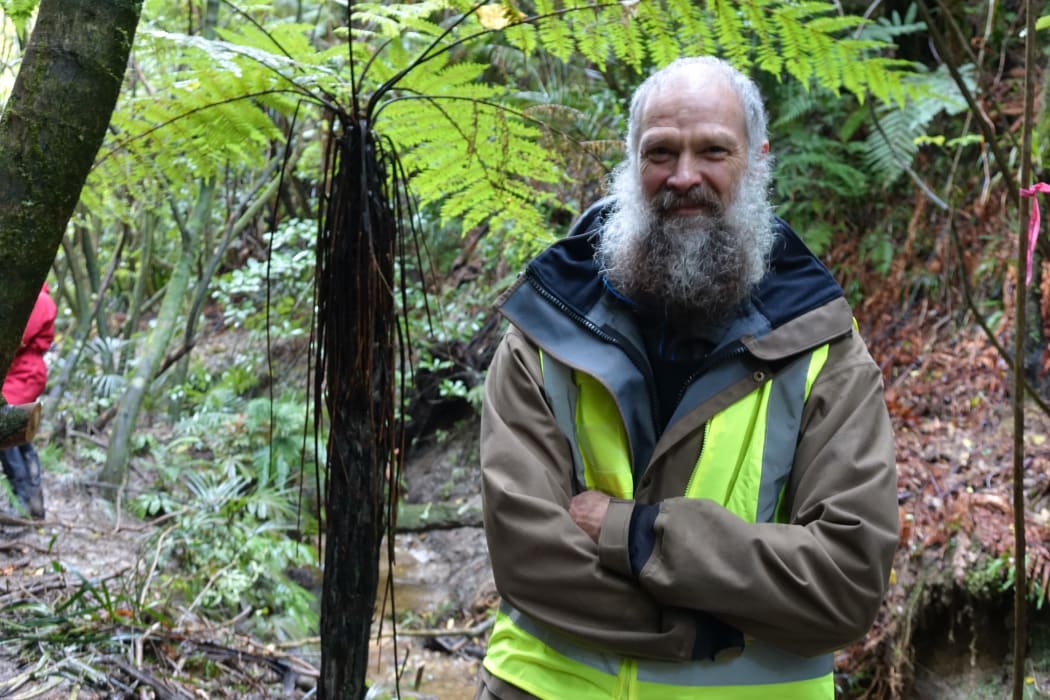
Alex Flux was part of the team which caught Tamanui 18 years ago. Photo: RNZ / Robin Martin
Alex Flux was part of the team that caught Tamanui 18 years ago.
He was rapt to take part in the release of its progeny back into the forest.
"Absolutely fantastic, so the completion of an 18-year journey for this group of birds, so seeing them hopping free and going and feeding immediately was just magical."
Tiritiri Matangi kōkako team leader Morag Fordham had looked after the Taranaki kōkako while they recovered their numbers in the Hauraki Gulf.
She found saying good-bye tough, but was optimistic about the birds' chances back in Taranaki.
"I'm feeling emotional. We knew it was going to happen and it's a wonderful habitat, but it's still a wrench seeing them go because we know them all intimately. It's a beautiful habitat they'll be fine."
The New Zealand Transport Agency was due to make its decision on the $80 million Mt Messenger bypass in August.
